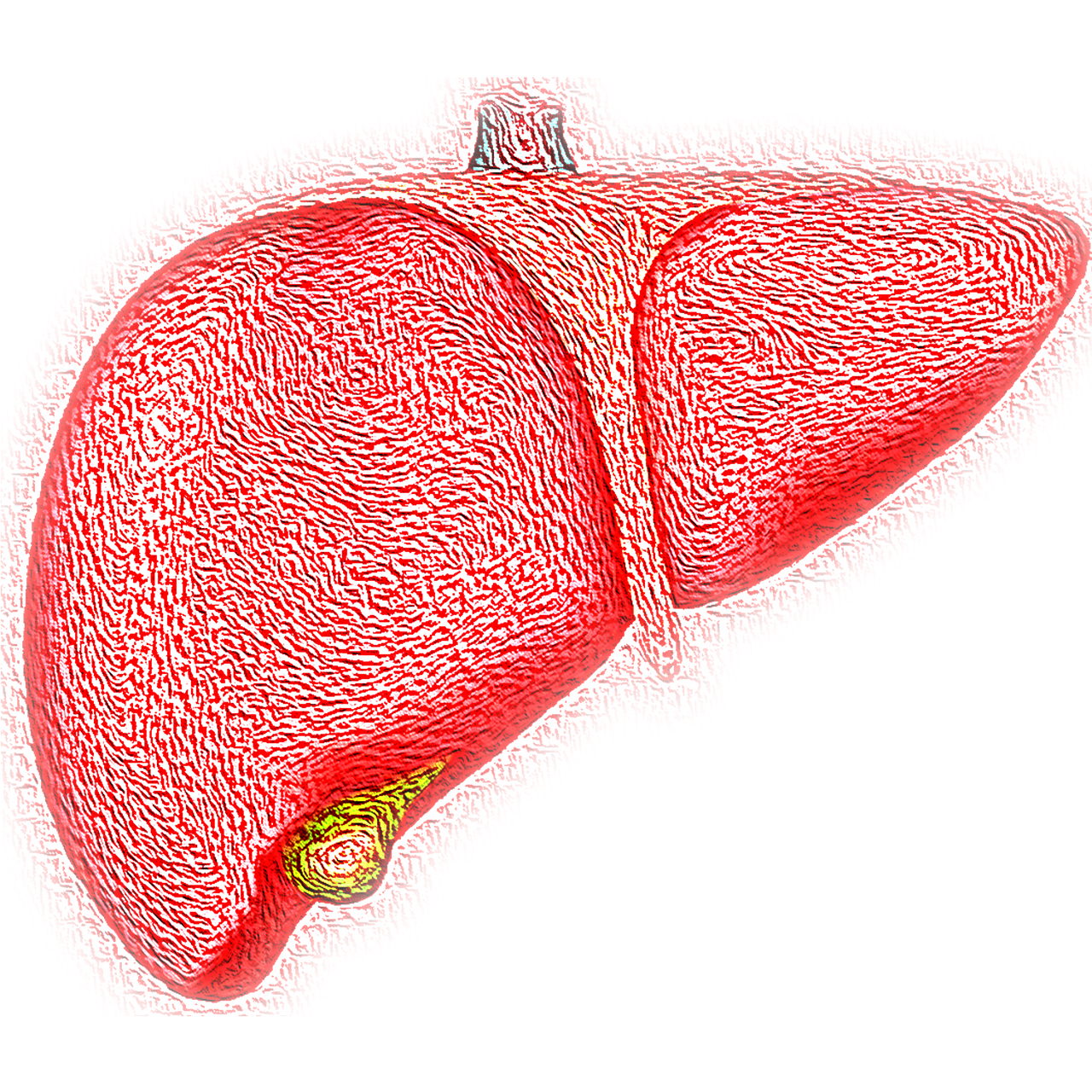
The Liver is Affected by High Blood Sugar Levels
By Dr Joseph J Collins, ND, RN
This article is part of the Blood Sugar Health Educational Module
As mentioned in previous articles within this educational module, chronically high blood glucose (hyperglycemia) will eventually result in increased conversion of the excessive glucose into excessive levels of triglycerides. The excessive triglycerides increase the risk of developing non-alcoholic fatty liver disease (NAFLD), as well as cardiovascular disease. Patients with type 2 diabetes have an increased risk of NAFLD progressing into the development of the more severe nonalcoholic steatohepatitis (NASH) as well as liver fibrosis, NASH cirrhosis, and NASH-related hepatocellular carcinoma (HCC).
In fact, non-alcoholic fatty liver disease (NAFLD) is very prevalent in type 2 diabetes (T2DM). These two conditions commonly co-exist and can act synergistically to increase undesirable complications. The presence of both NAFLD and T2DM increases the likelihood of developing macrovascular and microvascular complications of diabetes, which include disorders in both large blood vessels and in microscopic blood vessels.
Nonalcoholic fatty liver disease (NAFLD) is often associated with insulin resistance and glucose intolerance. Postprandial hypoglycemia also frequently occurs in NAFLD patients.
Nonalcoholic fatty liver disease (NAFLD) and type 2 diabetes commonly occur together in a condition referred to as Cardiometabolic Disease, which is a cluster of metabolic disorders that include increased abdominal fat (adiposity), hypertension, dyslipidemia, hyperinsulinemia and glucose intolerance.
All the herbs used in GlucoQuench™ have been documented as having the ability to decrease serum triglycerides levels, decrease total cholesterol levels and decrease the onset and progressive development of non-alcoholic fatty liver disease (NAFLD) and the more severe nonalcoholic steatohepatitis (NASH), which can decrease risk of developing NASH-related hepatocellular carcinoma (HCC).
The ability of the nine ingredients in GlucoQuench™ to decrease the adverse effects of high blood glucose on liver health subsequently decreases the risks of cardiovascular diseases associated with high blood glucose.
A healthy diet that promoted ideal body weight must should also be part of any program to prevent adverse effects on liver health.
In fact, non-alcoholic fatty liver disease (NAFLD) is very prevalent in type 2 diabetes (T2DM). These two conditions commonly co-exist and can act synergistically to increase undesirable complications. The presence of both NAFLD and T2DM increases the likelihood of developing macrovascular and microvascular complications of diabetes, which include disorders in both large blood vessels and in microscopic blood vessels.
Nonalcoholic fatty liver disease (NAFLD) is often associated with insulin resistance and glucose intolerance. Postprandial hypoglycemia also frequently occurs in NAFLD patients.
Nonalcoholic fatty liver disease (NAFLD) and type 2 diabetes commonly occur together in a condition referred to as Cardiometabolic Disease, which is a cluster of metabolic disorders that include increased abdominal fat (adiposity), hypertension, dyslipidemia, hyperinsulinemia and glucose intolerance.
All the herbs used in GlucoQuench™ have been documented as having the ability to decrease serum triglycerides levels, decrease total cholesterol levels and decrease the onset and progressive development of non-alcoholic fatty liver disease (NAFLD) and the more severe nonalcoholic steatohepatitis (NASH), which can decrease risk of developing NASH-related hepatocellular carcinoma (HCC).
The ability of the nine ingredients in GlucoQuench™ to decrease the adverse effects of high blood glucose on liver health subsequently decreases the risks of cardiovascular diseases associated with high blood glucose.
A healthy diet that promoted ideal body weight must should also be part of any program to prevent adverse effects on liver health.
Summary:
Chronically high blood glucose (hyperglycemia) will eventually result in increase the risk of developing non-alcoholic fatty liver disease (NAFLD), the more severe nonalcoholic steatohepatitis (NASH), and the associated liver fibrosis, NASH cirrhosis, and NASH-related hepatocellular carcinoma (HCC).
The herbs used in GlucoQuench™ have been documented as having the ability to decrease the onset and progression of non-alcoholic fatty liver disease (NAFLD), nonalcoholic steatohepatitis (NASH), and NASH-related hepatocellular carcinoma (HCC).
Excessive intake of calories and achieving ideal body weight must also be part of a liver health program.
Next: Cardiometabolic Disease
References and Addition Reading
Evaluation of postprandial hypoglycemia in patients with nonalcoholic fatty liver disease by oral glucose tolerance testing and continuous glucose monitoring
Reviewed & Updated: 07/20/2019
